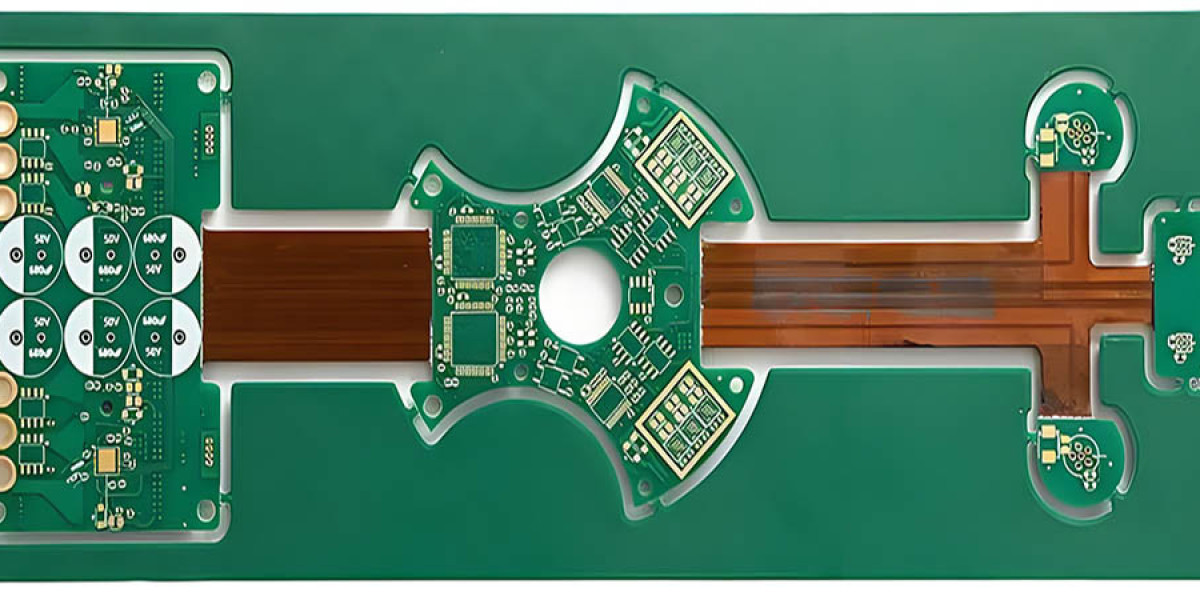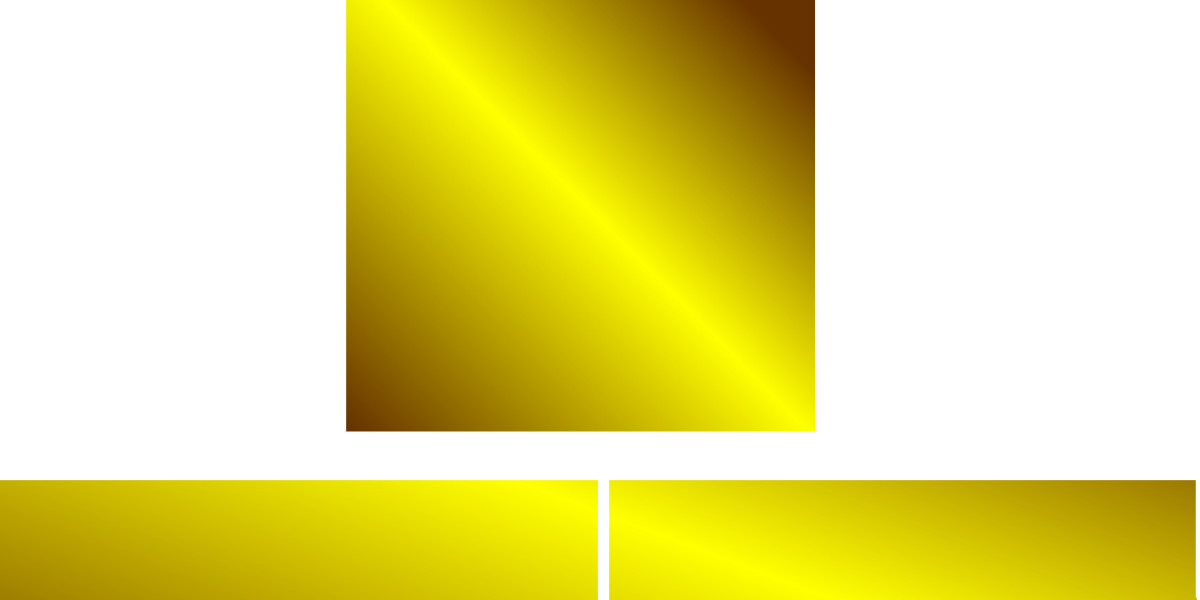PCB Assembly Guide
Printed Circuit Boards (PCBs) are integral to modern electronics, yet their significance is often underestimated by users. Engineers, OEMs, and designers, however, understand the complexity and importance of PCB Assembly (PCBA) in electronic devices.
1. What is a PCB?
A printed circuit board (PCB) forms the backbone of any electronic device. It serves two primary functions:
1. Supporting electronic components
2. Connecting these components to facilitate device operation
The PCB is built from a non-conductive substrate, typically fiberglass, and is coated with copper. This copper layer conducts electricity and is selectively etched to create the necessary circuits for connecting components.
2. PCB Terminology: PWB, PCB, PCA, PCBA
Different terms are used in the industry to describe printed circuit boards, which can be confusing. Here's a breakdown:
- PWB (Printed Wiring Board): The earliest term used for boards with point-to-point circuits.
- PCB (Printed Circuit Board): Refers to the board without components, used as a base for electrical connections.
- PCA (Printed Circuit Assembly): The term used for clarity since the IPC update in 1999, indicating a board with installed components.
- PCBA (PCB Assembly): Denotes the complete assembly with all electronic components integrated.
For overall assembly discussions, PCB is often used, but when dealing with manufacturers, specifying whether you need a basic PCB or a full PCBA is crucial.
3. How Does a PCB Work?
A PCB Assembly (PCBA) functions as a central hub for integrating and interconnecting all electronic components within a device. PCBs are constructed with multiple layers, featuring conductive pathways or traces laminated onto a substrate. These copper traces carry electrical current, forming the necessary circuits for the soldered components, ensuring efficient power distribution and safe current flow.
4. Components of a PCB
Every PCB hardware component is vital for the functioning of electronic devices. Key components include:
5. What is a PCB Made Of?
The PCB consists of four main components:
- Substrate: The board's base, usually fiberglass or other non-conductive materials, which can be single or multi-layered.
- Copper: Conducts current and replaces traditional wiring.
- Solder Mask: Creates connections and protects underlying traces from damage.
- Silkscreen: Marks connections and features specific to the device.
Prototypes must be verified before final production to ensure correct component connections and device functionality.
6. Types of PCBs
Different PCB types cater to various design and application needs:
- Rigid PCBs: Fixed in shape and position, designed for stable environments.
- Flexible PCBs: Can be bent and shaped, useful for compact or complex designs.
Cost Comparison: Flexible vs. Rigid PCBs
- Rigid PCBs: Generally more cost-effective due to simpler manufacturing processes.
- Flexible PCBs: Potentially higher costs due to additional securing and assembly requirements but can reduce the need for extra connectors.
PCB Layers
- Single-layer PCBs: Simple boards with one layer of substrate and metal coating, ideal for quick production.
- Double-layer PCBs: Include electrical connections on both sides, allowing for more flexibility.
- Multi-layer PCBs: Used for complex designs with four or more layers, beneficial for reducing weight and space.
7. Advantages of PCBs
PCBs offer numerous benefits for device design and manufacturing:
- Space Efficiency: Minimizes the need for multiple wires, saving space.
- Ease of Installation: All components are mounted on the board, simplifying assembly and maintenance.
- Streamlined Assembly: Allows for quick and efficient assembly compared to other connection methods.
- Secure Connections: Components are soldered in place, ensuring durability.
- Manufacturing Cost: More cost-effective in mass production.
- Reliability: Ensures stable operation with robust copper connections.
8. PCB Color Options
The color of a PCB is determined by the solder mask, which can be various colors such as blue, yellow, orange, purple, red, black, white, or green. The substrate is typically green, but the solder mask's color can affect visibility and contrast.
9. Does PCB Color Matter?
Choosing a specific PCB color can be important for brand identification or functional reasons. Colors like white can enhance light reflection, useful for LED applications, while other colors might be chosen for better contrast during inspections.
10. PCB Design Process
The PCB design and manufacturing process includes several steps:
1. Concept Development
2. Creating the Electronic Schematic
3. PCB Layout Design
4. Finalizing the Bill of Materials (BOM)
5. Prototyping
6. Prototype Evaluation
7. Firmware/Programming Installation
8. Full-Scale Production
Production Process Steps
1. PCB Design
2. Printing Inner Layers with Copper
3. Removing Excess Copper
4. Inspection and Layer Alignment
5. Laminating Layers
6. Drilling
7. PCB Plating
8. RoHS Compliance






